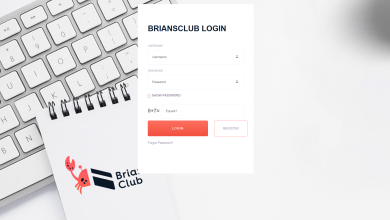Are you ready to embark on a journey into the world of web development? Whether you’re a coding novice or have some experience under your belt, choosing the right programming language is a crucial first step. Web development encompasses a variety of languages, each with its own strengths and ideal use cases. In this beginner’s guide, we’ll help you navigate the landscape of web development languages and make an informed choice that aligns with your goals.
The Fundamental Choice: Front-End vs. Back-End
Before diving into the specifics of programming languages, it’s essential to understand the two main categories of web development: front-end and back-end.
Front-End Development: This aspect focuses on the user interface and the visual elements of a website that users interact with directly. If you enjoy working on the look and feel of websites, front-end development is your playground.
Back-End Development: Behind the scenes, back-end development ensures that a website’s functionality runs smoothly. This includes managing databases, servers, and other technical aspects that users don’t see but are essential for the site to work correctly.
Your choice of programming language often depends on whether you want to specialize in front-end or back-end development or become a full-stack developer proficient in both.
The World of Front-End Languages
For front-end development, you’ll be working with languages that shape a website’s visual and interactive elements. Here are three key languages in this domain:
- HTML (Hypertext Markup Language): HTML is the backbone of any web page. It structures the content, such as text, images, and links, making it a fundamental language for every web developer.
- CSS (Cascading Style Sheets): CSS is used to style HTML elements, determining how your web page looks. It governs layouts, colors, fonts, and more.
- JavaScript: JavaScript is the scripting language that adds interactivity to your website. It enables you to create dynamic features, such as animations, interactive forms, and real-time updates.
The Power Behind the Scenes: Back-End Languages
When it comes to back-end development, there’s a broader selection of languages to choose from, each with its unique strengths. Here are some of the most popular:
- Python: Known for its readability and versatility, Python is often used for back-end development. Its extensive libraries and frameworks, such as Django and Flask, make it a great choice for building web applications.
- Ruby: Ruby, paired with the Ruby on Rails framework, is celebrated for its developer-friendliness and rapid development capabilities.
- JavaScript (Node.js): Yes, JavaScript is not only a front-end language. Node.js allows developers to use JavaScript for back-end development, enabling full-stack development with a single language.
- PHP: PHP is widely used in web development and is known for its compatibility with databases. It’s a solid choice for building dynamic websites and applications.
- Java: Java offers stability and performance, making it a popular choice for large-scale web applications. It’s commonly used in enterprise-level projects.
Choosing Your Path
The best language for you depends on your goals, interests, and the type of projects you want to work on. As a beginner, consider experimenting with a few languages to get a feel for them. Many online resources and coding bootcamps offer introductory courses in web development, allowing you to try different languages.
Remember that the web development landscape is continually evolving. As you gain experience, you may choose to specialize in a particular language or transition into full-stack development, where you can leverage both front-end and back-end languages to create comprehensive web solutions.
In your web development journey, the choice of a programming language is only the beginning. Keep learning, exploring, and building, and you’ll soon find your niche in this dynamic and rewarding field. Happy coding!





